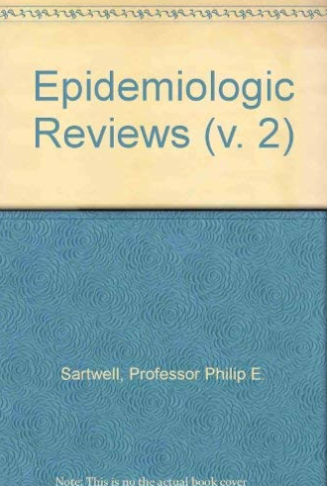季节性流感的全球地理和时间模式及相关气候因素。
IF 3.8
2区 医学
Q1 PUBLIC, ENVIRONMENTAL & OCCUPATIONAL HEALTH
引用次数: 20
摘要
了解季节性流感的地理和时间模式有助于加强流感监测,尽早发现流行病,并为流感预防和控制计划提供信息。这项研究考察了全球不同地区季节性流感时空模式的变化,并通过对同行评审出版物的系统综述,探讨了影响流感季节性差异的气候因素。进行文献检索是为了确定2005年1月至2016年11月期间发表的原始研究。使用预先确定的纳入和排除标准选择研究。主要结果是流感病例,其他结果包括流感季节性的季节或时间模式、研究区域(温带或热带)和相关气候因素。在筛选过程中确定的2160份记录中,包括36项符合条件的研究。结果显示,温带和热带/亚热带地区的流感季节性在发病时间、持续时间、高峰数量和流行幅度方面存在显著差异。不同的病毒类型、流感病毒的共同循环以及气候因素,特别是温度和绝对湿度,都有助于季节性流感时空模式的变化。这项审查的结果可以为全球季节性流感监测和流感预防和控制措施提供信息,如不同地区的疫苗接种建议。本文章由计算机程序翻译,如有差异,请以英文原文为准。
Global Geographical and Temporal Patterns of Seasonal Influenza and Associated Climatic Factors.
Understanding geographical and temporal patterns of seasonal influenza can help strengthen influenza surveillance to early detect epidemics and inform influenza prevention and control programs. This study examines variations in spatiotemporal patterns of seasonal influenza in different global regions and explores climatic factors that influence differences in influenza seasonality through a systematic review of peer-reviewed publications. The literature search was conducted to identify original studies published between January 2005 and November 2016. Studies were selected using predetermined inclusion and exclusion criteria. The primary outcome was influenza cases and additional outcomes included seasonal or temporal patterns of influenza seasonality, study regions (temperate or tropical) and associated climatic factors. Of the 2160 records identified in the selection process, 36 eligible studies were included. Results showed significant differences in influenza seasonality in terms of the time of onset, duration, number of peaks and amplitude of epidemics between temperate and tropical/subtropical regions. Different viral types, co-circulation of influenza viruses and climatic factors especially temperature and absolute humidity were found to contribute to the variations in spatiotemporal patterns of seasonal influenza. The findings of this review could inform global surveillance of seasonal influenza and influenza prevention and control measures such as vaccination recommendations for different regions.
求助全文
通过发布文献求助,成功后即可免费获取论文全文。
去求助
来源期刊

Epidemiologic Reviews
医学-公共卫生、环境卫生与职业卫生
CiteScore
8.10
自引率
0.00%
发文量
10
期刊介绍:
Epidemiologic Reviews is a leading review journal in public health. Published once a year, issues collect review articles on a particular subject. Recent issues have focused on The Obesity Epidemic, Epidemiologic Research on Health Disparities, and Epidemiologic Approaches to Global Health.
 求助内容:
求助内容: 应助结果提醒方式:
应助结果提醒方式:


